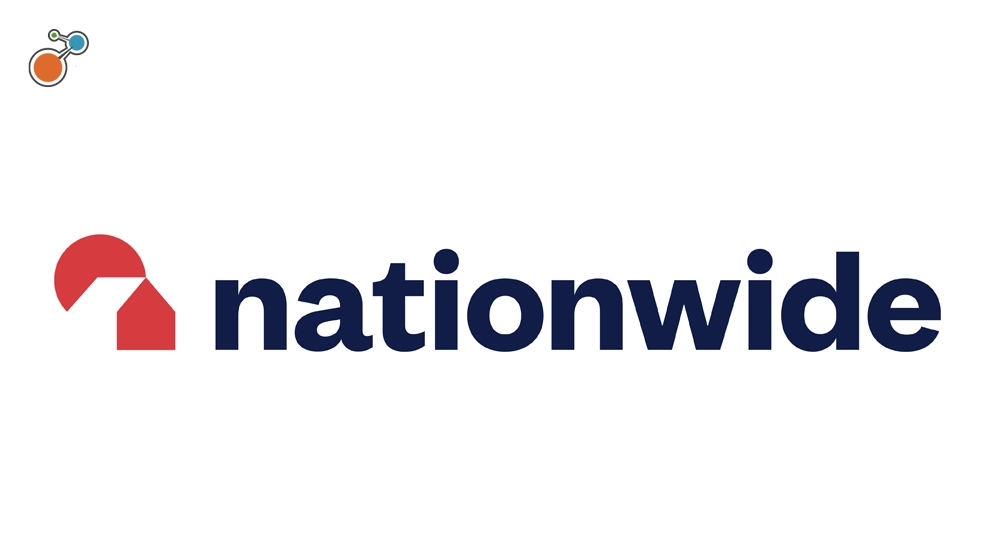Nationwide Building Society has long prioritized business continuity. With rising operational resilience regulations – and business continuity technology approaching the end of its life – the organization turned to Riskonnect for a full-scale renovation.
Challenge
Nationwide is the largest building society in the world and one of the largest financial firms in the U.K. With roots going back more than a century, the organization has weathered many storms – a testament to the strength of its business continuity practices, which have always been aligned with industry standards such as ISO 22301.
In recent years, U.K. regulators have issued policy and guidance focused on operational resilience in the financial services industry, including things like third-party resilience and technology resilience. The incumbent system was too rigid to keep up.
“This was an ideal opportunity to go to market and see if there was anything which would be a better fit for Nationwide,” explains Scott Hughes senior manager, operational resilience. “We wanted to be progressive toward operational resilience and other future targets.”
Nationwide came up with several hundred requirements from various key departments and stakeholders. Topping the list were configurability, reporting, and an intuitive user interface.
Solution
Nationwide found the right fit with Riskonnect’s Business Continuity Management software. The software allows the company to manage business continuity from one centralized location. The highly configurable platform can easily be adapted as regulatory requirements change. Routine modifications like adding a field can be done by the Nationwide team itself.
Riskonnect’s API functionality also seamlessly connects to existing data sources, such as the HR system and the CMDB. And it supports the standard ISO 22301 guidelines, which meant Nationwide didn’t have to change its current business continuity processes.
“The ability to move data from a completely different incumbent system was a huge plus,” says Hughes. “But the biggest thing for us is the user-friendly interface. It’s just so easy to use. You can have the best tool in the world, but if no one is able to use it, it’s pretty irrelevant.”
“[Riskonnect] is just so easy to use.”
Scott Hughes
Senior Manager, Operational Resilience
Nationwide Building Society
Hughes also points to the Riskonnect team as being instrumental to success. “The consultants we worked with were business continuity practitioners in their own right, which really helped them understand our needs,” he says.
“The team even had niche experience in the complexities of the financial sector. So, when we had questions about integrating an important business service as part of operational resilience, we were having the conversation with people who understood.”
From a security perspective, the team jumped through plenty of hoops to make sure the data was safe. “The team was always available and ready with answers,” he adds. “They were a real wealth of knowledge.”
Results
Nationwide Building Society is now well on its way to ensuring alignment across all protective disciplines – including business continuity, operational resilience, incident management, disaster recovery, and cybersecurity.
“The more you can bring these together and have one view critically, the easier it’s going to be to use them,” says Hughes. “That’s certainly what regulators are trying to drive, and it makes common sense.”
Riskonnect’s user-friendly interface made training and adoption a breeze. “People found it very intuitive, and it was quite easy to move them across from the incumbent system,” says Hughes. “Feedback has been massively positive.”
He notes that the software has lots of additional built-in functionality that Nationwide will open up and use over the coming months and years, including crisis management capabilities. Riskonnect will continue to work with Nationwide on system use and enhancements.
“We have this relationship with Riskonnect that’s really useful,” says Hughes. “We value the ongoing partnership, which has been really positive.”
For more on managing operational resilience, download our ebook, Operational Resilience: Navigating the Global Regulatory Landscape, and check out Riskonnect’s Business Continuity & Resilience software solution.




